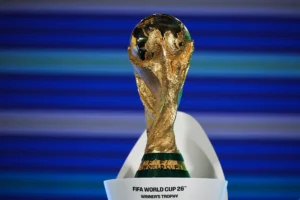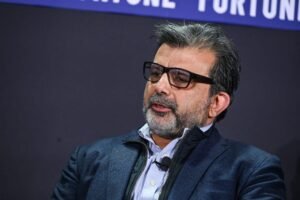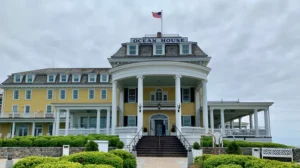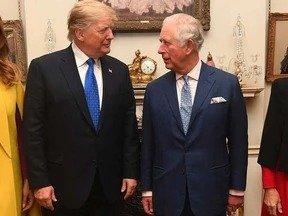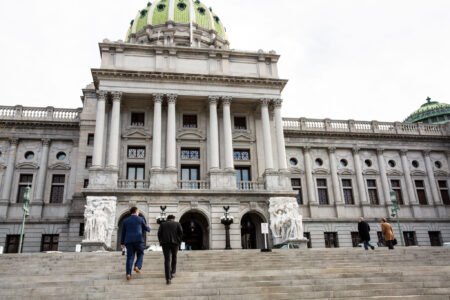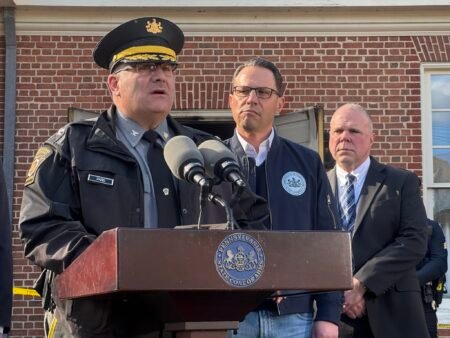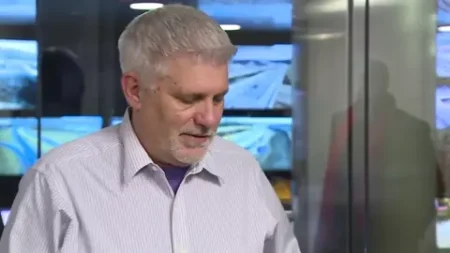Preparations are in full swing in the United Kingdom as King Charles III readies an elaborate welcome for U.S. President Donald Trump during his upcoming state visit from September 16 to 18. The visit is expected to showcase the strength of U.S.-UK relations through a blend of royal tradition, symbolic gestures, and carefully planned ceremony.
British officials have described the event as a moment to reinforce historic ties between the two nations, with Buckingham Palace at the center of the pageantry. The term “tiara diplomacy” has already been coined to describe the use of royal elegance and cultural grandeur as a tool for soft power. Palace aides say the King intends to use the occasion to emphasize unity, continuity, and the special relationship that has long defined the two allies.
The highlight of the visit is expected to be a state banquet in the palace ballroom. Members of the royal family, senior ministers, and distinguished guests will join the evening, where glittering tiaras, ceremonial uniforms, and centuries-old traditions will set the stage for diplomatic engagement. Royal observers note that such displays are not only about pomp and ceremony, but also about signaling stability and goodwill to global audiences.
For King Charles, this visit marks an important moment in shaping his role as head of state in international affairs. Since his accession, he has placed a strong emphasis on diplomacy rooted in culture, heritage, and shared values. The Trump visit will test this approach, as the King navigates the delicate balance of hosting a leader who remains a polarizing figure in both the U.S. and the UK.
British officials have underscored that the royal program is designed to highlight the continuity of the alliance regardless of political shifts. By placing emphasis on ceremony, symbolism, and shared history, the monarchy hopes to underscore that the ties between Washington and London run deeper than any one administration.
Security will be a major focus during the three-day visit, with extensive coordination between British agencies and U.S. Secret Service. Large sections of central London are expected to see heightened police presence, road closures, and strict security protocols to ensure the smooth execution of the state events.
Public reaction in Britain is mixed. Supporters argue that hosting the American president with full honors reflects the importance of the U.S. as a partner in trade, security, and global diplomacy. Critics, however, caution that the lavish display may be seen as an endorsement of Trump’s controversial policies.
Despite the political undertones, the visit will also include lighter moments intended to showcase cultural exchange. Plans are underway for the president to meet with business leaders, attend cultural showcases, and participate in discussions on trade and defense cooperation. These events are designed to highlight the practical as well as symbolic dimensions of the relationship.
Observers say that the use of “tiara diplomacy” reflects the monarchy’s unique role in British foreign policy. Unlike politicians, who face electoral cycles and partisan debates, the royal family offers continuity and ceremonial gravitas that can smooth diplomatic tensions. By leveraging this role, King Charles aims to present the UK as a steadfast partner on the world stage.
As September 16 approaches, attention is turning to the details of gowns, jewels, speeches, and formal settings that will frame the visit. While these elements may appear decorative, experts note that they carry real weight in shaping perceptions of trust, respect, and cooperation between nations.
The King Charles tiara diplomacy strategy highlights how soft power and tradition remain central tools in international relations. With the eyes of the world on London, the state visit will not only celebrate history but also shape the tone of U.S.-UK ties in the years ahead.

